The Timeless Evolution of Indian Fashion: A Journey Through History
The Origins of Indian Fashion: A Legacy Woven in Time
Indian Fashion has its roots in ancient civilisation, with traces dating back to the Indus Valley period. Clothing during this time was simple yet functional, with unstitched fabrics draped in various styles. As time progressed, different dynasties and cultural influences shaped the way people dressed. The Maurya and Gupta periods saw an increased focus on fine cotton and Silk Textiles, adorned with intricate embroidery and hand-painted designs. With every passing era, fashion became an extension of India's rich traditions, where fabric choices, draping techniques, and embellishments varied based on regional customs and climate. The saree, dhoti, and turban were staples that defined Indian Clothing for centuries, evolving in design yet retaining their cultural significance.
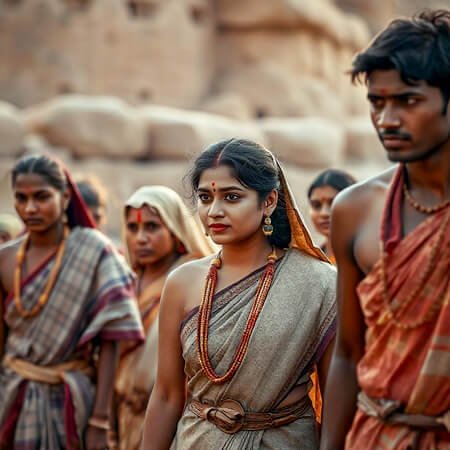
Dynastic Influences and the Changing Face of Fashion
The arrival of different rulers in India, including the Mughals, brought a transformation in attire. The Mughal era introduced luxurious fabrics like brocade, velvet, and intricate zari work. Royal garments were embellished with pearls, gemstones, and gold threads, giving rise to the grandeur that Indian Fashion is known for. This period also saw the introduction of structured garments such as the anarkali, sherwani, and churidar. Regional textiles flourished, with Banarasi Silk, Chikankari embroidery, and Kanjeevaram weaving gaining prominence. Over time, these elements merged with indigenous traditions, leading to a fashion identity that was regal yet deeply rooted in Indian craftsmanship.
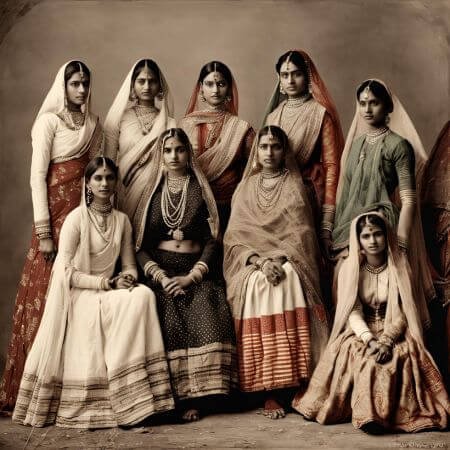
Colonial Impact and the Rise of Modern Fashion
With the British colonisation of India, fashion underwent another shift. Western silhouettes like jackets, trousers, and gowns found their way into Indian wardrobes, particularly among the elite. While traditional attire remained significant, many Indians began to adopt European styles, leading to a fusion of the two worlds. The Swadeshi Movement in the early 20th century revived the love for handwoven textiles, particularly khadi, as a symbol of self-reliance and national pride. This period saw a blend of both global and Indian influences, laying the foundation for modern Indian fashion. The post-independence era encouraged textile revival, with designers and artisans working together to preserve heritage crafts.
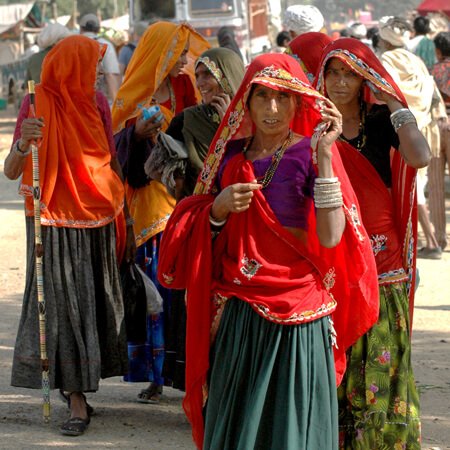
The Contemporary Indian Fashion Landscape
Indian fashion today is a seamless mix of heritage and modern aesthetics. While sarees, lehengas, and salwar suits continue to be a part of cultural and festive wear, contemporary silhouettes like fusion wear, Indo-western outfits, and minimalistic designs have gained popularity. Designers are increasingly focusing on sustainable fashion, bringing back handwoven fabrics, natural dyes, and traditional weaving techniques. Artisanal crafts such as Block Printing, bandhani, and kantha embroidery are now being incorporated into high fashion, making Indian Textiles globally recognised. Fashion weeks and international collaborations have further amplified India's role in the global fashion industry.
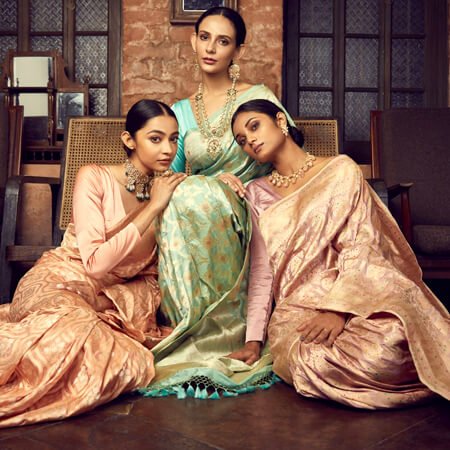
The Future of Indian Fashion: Tradition Meets Innovation
As the fashion industry moves towards sustainability and ethical practices, Indian fashion is set to become a beacon of cultural preservation and innovation. There is a growing appreciation for slow fashion, where handcrafted garments take centre stage. With digital technology, Indian fashion is now reaching a wider audience, showcasing the beauty of traditional textiles and craftsmanship to the world. The future lies in a perfect balance between heritage and contemporary design, where each garment tells a story of resilience, artistry, and cultural pride.
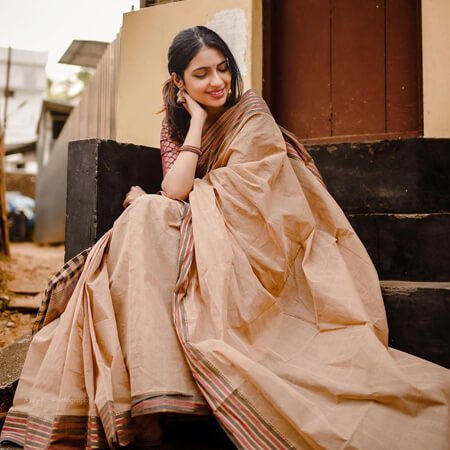
Regards,
Fashion Articles by Waves Institute of Fashion Designing
#indianfashion #fashionhistory #traditionalwear #ethnicfashion #handloomlove #textilestory #heritagefashion #sustainablefashion #artisanalcraft #fashionevolution